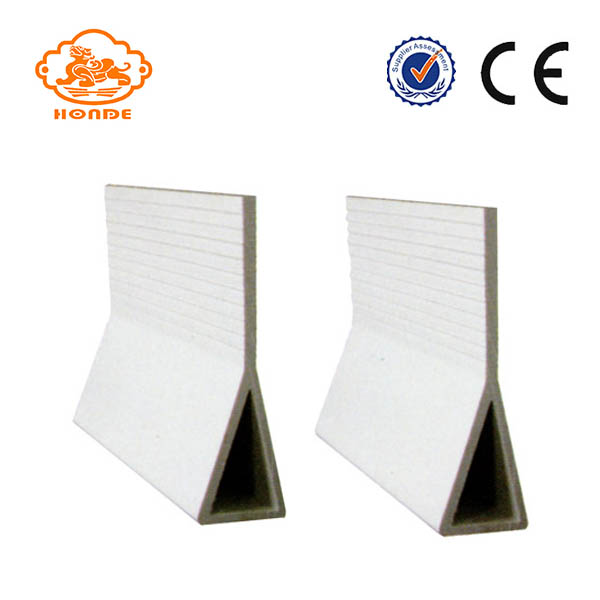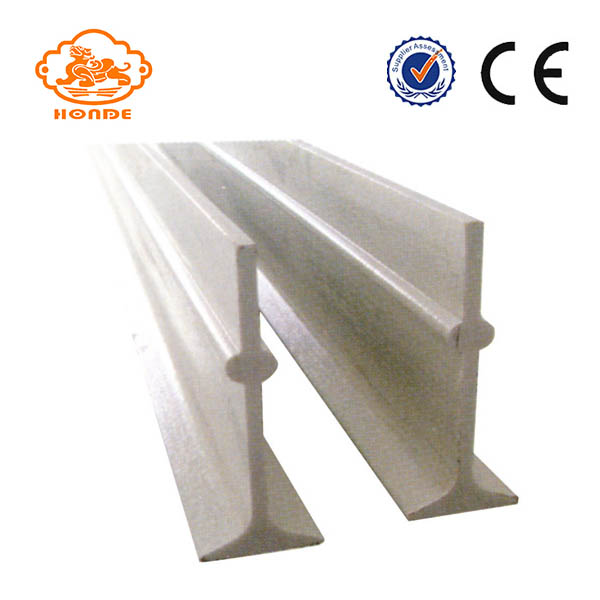Factors Influencing Rabbits' Fertility and Countermeasures
The rabbit's fecundity is influenced by many factors such as temperature, nutrition, age, and utilization. It is of great significance to understand these related influencing factors and organize and arrange the production of rabbits in a rational way.
1 Influence of environmental temperature and countermeasures Ambient temperature has a more pronounced effect on the reproductive performance of rabbits. Practice has proved that when the ambient temperature exceeds 30 °C, as long as several days of high temperature, male rabbit showed reduced libido, sperm production in the testis blocked, semen quality deteriorated, decreased sperm motility, reduced density, malformation rate, reduced sperm count The female rabbit showed abnormal estrus, the conception rate was reduced, the number of litters and the number of live piglets decreased. Summer temperatures are often above 35°C and last longer, which will lead to male and female rabbits having “infertility in summerâ€, infertility, or low conception rates. After high temperature, male rabbits can quickly recover their libido, but it takes more than two months to recover the essence of liquid crystals. Low temperature has a certain effect on the sexual function of rabbits. When the ambient temperature is lower than 5°C, the male rabbits have reduced libido and the female rabbits are unable to heat normally and the conception rate is also low. Therefore, in order to increase the fertility of rabbits and extend the breeding period in production, it is necessary to reduce the influence of hot and cold stress on rabbits and keep the temperature at 5-25°C as much as possible. For the prevention of high temperatures in summer, the following measures can be taken: One is to plant trees and grow green grass around the rabbit house to reduce solar radiant heat, and plant shades of vines such as loofah and grapes on the south side of the rabbit house. The second is to cut the rabbits hair before summer to facilitate heat dissipation. The third is the installation and opening of fans for enclosed rabbit houses. Air conditioners can be installed for rabbits with higher breeding values. In winter, open rabbit houses should be covered with plastic sheets, and stoves should be used to increase the temperature.
2 Effects of dietary nutrients and countermeasures Dietary nutrient availability determines the level of sex hormone secretion. For example, if rabbits are given a high level of feed nutrition for a long period of time, the male and female rabbits can easily become over-fed. For the female rabbit can deposit a lot of fat in the reproductive system, FSH and LH secretion decreased, affecting ovarian follicular development and ovulation; for male rabbits affect the male rabbit testicular sperm production, there is difficulty in mating, decreased sexual desire and so on. However, poor or incomplete nutrition of long-term diets can affect the secretion of the whole system of the pituitary gland. Vitamins related to reproductive function are mainly VA, VE and VD. VA can maintain the normal function of epithelial tissue, when the rabbit lacks resistance to VA deficiency, the male rabbit testicular degenerative degradation, sperm production stopped; female rabbits have low conception rate, easy to abortion, but also can cause abnormal fetal development or stillbirth. VE, also known as tocopherol, is the most important vitamin associated with reproductive function. When a rabbit lacks VE, it loses fertility and the conception rate decreases. The main function of VD is to promote the absorption of Ca and P, which is conducive to the deposition of Ca and P in bones and teeth. When VD is lacking, the mating ability of male and female rabbits is weakened. When the lack of green feed in winter caused the lack of vitamin intake in rabbits, it was the main reason why male rabbits had low libido, and female rabbits did not have estrus. Therefore, the feed must be fed to the full-price feed according to the rabbit's nutritional requirements in order to meet its nutritional needs and thus maintain normal fertility. For breeding males, the non-mating period CP is not less than 12%, the CP during the breeding period is above 15% and the feeding quality is higher. The diet is adjusted 21 days before the breeding, and the amount of feed is increased by 20% and the amount of concentrate is increased by 30% during the breeding period. -50%; For breeding females that are restricted in breeding period, in the case of mixed feeding, supplemented concentrates or pelleted feeds do not exceed 50 g per rabbit per day, and are gestated at 15 days before breeding. The nutritional standards are fed so as to achieve the purpose of maintaining the mother's middling sympathy and normal estrus ovulation.
Three kinds of rabbits use the impact and the way to deal with the improper use of rabbits can reduce the reproductive power of male and female rabbits. There are several kinds of situations in production: First, the rabbits are not mated for a long time during the summer leisure period, and they may experience temporary infertility. This situation can disappear after the rabbits have mated for 1-2 months. Second, male rabbits have more spermatozoa and deformed spermatozoa when they are not used for a long period of time. After the first breeding, they must be compounded 2 times; if artificial insemination is used, the semen collected for the first time should be discarded. The third is the use of male rabbits too many times, such as the female rabbit placed in a rabbit cage 2-3d free to mate, excessive consumption of male rabbit energy, causing premature aging, reduce the conception rate, birth rate. The correct approach is to place the estrus female rabbit in a rabbit cage and let the female rabbit take out the female rabbit in time. Fourth, the female rabbits are empty or have a long time in early pregnancy, which causes the ovary to decrease. The female rabbits may cause low conception rates and difficult pregnancy. When the female rabbits are continuously mated for 3-4 times or more, the female rabbits are frail and prematurely decayed. The fertility rate and the survival rate of puppies will also be affected. Therefore, it is necessary to develop a good breeding plan for rabbits so that the female rabbits do not spend too much time on their animals and do not have more than two consecutive matings. Do not make premature or late preparations at the beginning of the year. Generally, medium-sized rabbits are allocated at the age of 5-6 months, and large rabbits 6 - 7 months old with.
The influence of the age of 4 rabbits and the optimal rabbit breeding age was 1-2.5 years old. Although it reached the reproductive age before the age of 1, it was not fully mature in the physiological aspect, and it was not until 2.5 or 3 years old. It has entered the old age period, is infirm and sick, malnutrition is very serious, and it is not appropriate to reproduce the offspring. Therefore, irrespective of the size of rabbit breeding, the rabbit population should be composed of young rabbits aged 1-2.5 years. Growth rabbits should be used as supplementary rabbits for breeding rabbits. Older rabbits over 3 years old should have excellent breeding in addition to individual rabbits. Other than value, the rest should be eliminated or sold as commercial rabbits. In addition, in order to increase fertility, attention should also be paid to the selection of the age of the rabbit population. Middle-aged rabbits are recommended for middle-aged rabbits in production, followed by middle-aged and old-aged, middle-aged young people, and young adults and old people are to be avoided.
5 Diseases and Countermeasures Rabbits suffering from reproductive system diseases are one of the important factors affecting their fertility. Rabbits in the production suffer from orchitis or epididymalitis; female rabbits suffering from vaginitis, metritis, salpingitis, etc. will seriously affect the rabbit's fertility rate. The actual work must pay attention to the examination of these diseases, and find the situation as soon as possible to take treatment measures For rabbits suffering from cryptorchidism or monoschistosomiasis and difficult to treat reproductive diseases, it is necessary to decisively eliminate them.
The Fiberglass Beams we produce are made of high quality fiberglass and the main function of the fiberglass beams is to support the floor of a pig cage. It is made of special material with heat resistance, corrosion resistance and high strength. We produce fiberglass beams mainly "T" shape and "hollow" two. The fiberglass beams we produce are durable and inexpensive. If your order is large, we can produce according to your requirements and drawings.


Fiberglass Beams
Fiberglass Beams,Farm Fiberglass Beam,Fiberglass Beam For Pig Farm,Fiberglass Profiles Beams
HuangHua FengYi Honde Metal Factory , http://www.farrowingcratesfromchina.com